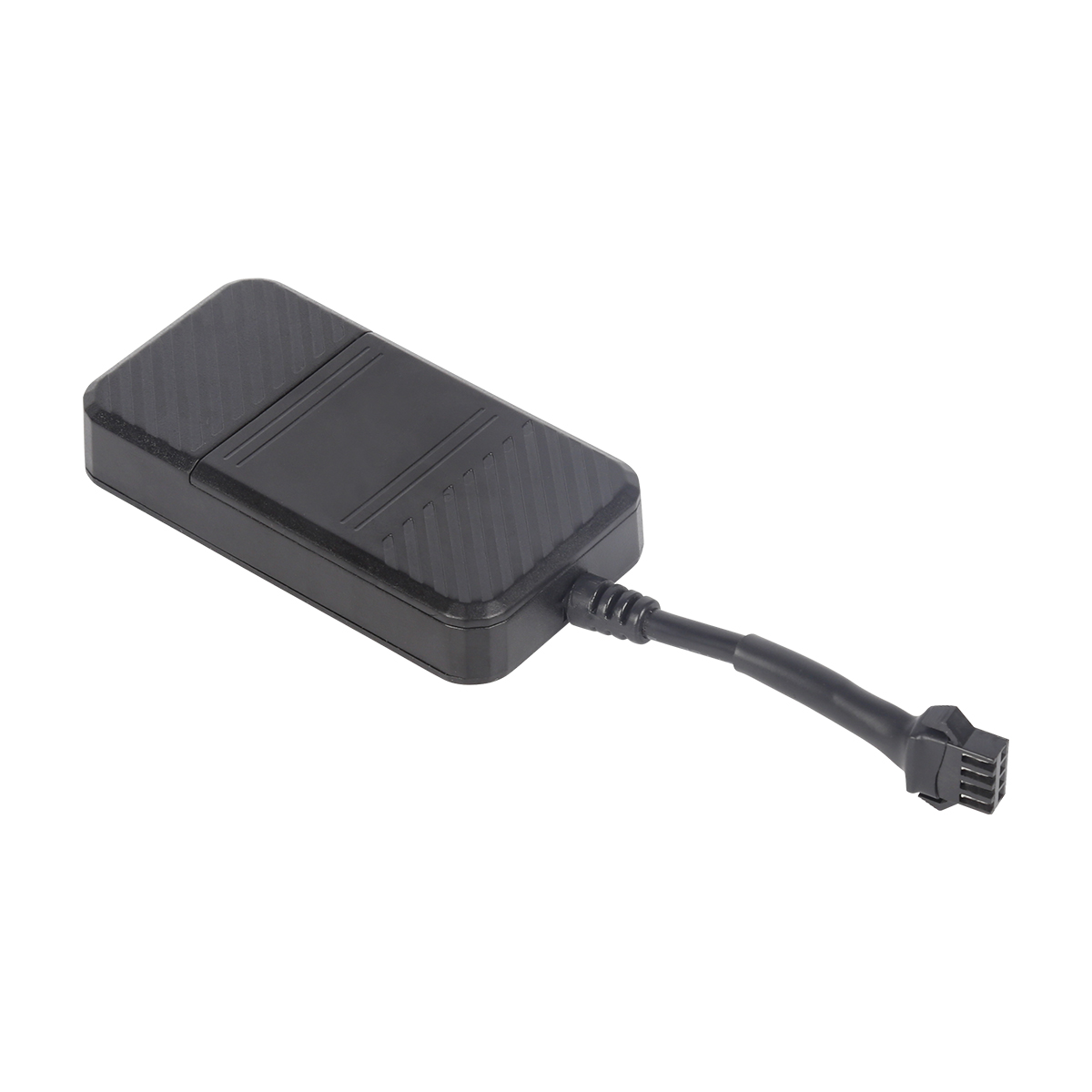source:Industry News release time:2022-07-07 Hits: Popular:realtime gps tracker online

GPS receivers can receive time information accurate to nanoseconds that can be used for timing; forecast ephemeris for forecasting the approximate position of satellites in the next few months; broadcast ephemeris for calculating satellite coordinates required for positioning , with an accuracy of several meters to tens of meters (different for each satellite and changes at any time); and GPS system information, such as satellite status, etc.
The distance from the satellite to the receiver can be obtained by the measurement of the GPS receiver's code. Because it contains the error of the receiver's satellite clock and the error of atmospheric propagation, it is called pseudorange. The pseudorange measured for the 0A code is called the UA code pseudorange, with an accuracy of about 20 meters, and the pseudorange measured for the P code is called the P code pseudorange, with an accuracy of about 2 meters.
The GPS receiver decodes the received satellite signal or uses other techniques to recover the carrier after removing the information modulated on the carrier. Strictly speaking, the carrier phase should be called the carrier beat phase, which is the difference between the carrier phase of the received satellite signal affected by the Doppler shift and the phase of the signal generated by the local oscillation of the receiver. Generally, the measurement is made at the epoch time determined by the receiver clock and the tracking of the satellite signal is maintained, and the phase change value can be recorded, but the initial phase value of the receiver and the satellite oscillator at the beginning of the observation is unknown. The phase integer of the initial epoch is also unknown, that is, the integer ambiguity, which can only be solved as a parameter in data processing. The accuracy of the phase observations is as high as millimeters, but the premise is to solve the ambiguity of the whole circle, so the phase observations can only be used when there is a relative positioning and there is a period of continuous observations, and the positioning accuracy better than the meter level can only be achieved. Phase observations can be used.
According to the positioning method, GPS positioning is divided into single-point positioning and relative positioning (differential positioning). Single-point positioning is a method of determining the position of a receiver based on the observation data of a receiver. It can only use pseudo-range observations and can be used for rough navigation and positioning of vehicles and ships. Relative positioning (differential positioning) is a method of determining the relative position between observation points based on the observation data of two or more receivers. Relative positioning using phase observations.
GPS observations include errors such as satellite and receiver clock errors, atmospheric propagation delays, and multipath effects, and are also affected by satellite broadcast ephemeris errors during positioning calculations. Cancellation or weakening, so the positioning accuracy will be greatly improved. The dual-frequency receiver can offset the main part of the ionospheric error in the atmosphere according to the observations of the two frequencies. ), a dual-frequency receiver should be used.
During positioning and observation, if the receiver moves relative to the surface of the earth, it is called dynamic positioning. Pseudo-range differential positioning with meter-level accuracy, or centimeter-level phase differential positioning (RTK) for measuring stakeouts, etc., real-time differential positioning requires a data link to transmit the observation data of two or more stations together in real time for calculation. During positioning observation, if the receiver is stationary relative to the earth's surface, it is called static positioning. When conducting control network observation, this method is generally used to observe simultaneously by several receivers, which can maximize the use of GPS. Positioning accuracy, receivers dedicated to this purpose are called geodetic receivers and are the best performing class of receivers. At present, GPS has been able to meet the accuracy requirements of crustal deformation observation, and the perennial observation stations of IGS have been able to form a millimeter-level global coordinate frame.
Read recommendations:
10000mAh Magnetic Asset GPS Tracker
What should I do if I encounter an offline alarm in the car GPS positioner?realtime tracking device
Last article:How GPS Location Trackers Work
Next article:What is the difference between a car GPS locator and GPS navigation?
Related Information
portable gps tracker
2023-04-11obd2 gps tracker verizon
2023-04-11fleet gps trackers wholesale
2023-04-234G LTE gps tracker
2023-03-16Gps speed limiter Manufacturing
2023-04-23car gps tracker supplier
2023-04-23gps vehicle tracker manufacture
2023-04-23obd2 tracker supplier
2023-03-16Dog gps tracker maker
2023-04-23Special Looks GPS Tracker PCBA
2023-03-16TK08AL- RFID Car GPS Tracker
2023-10-07G02M Pet Tracker
2022-06-19G183 serials -JOBD GPS Tracker
2022-09-06C32Plus (9~90V E-bikes/Motorcycle/Car gps tracker)
2022-06-213000mAh Magnet Asset GPS Tracker
2025-03-31GPS is classified by the working principle of the receiver.obd2 gps tracker verizon sales
2023-06-05The downside of gps trackers?
2022-07-15The manufacturer believes what application scenarios are there in the Beidou GPS positioner.gps trac
2023-05-12Analysis of GPS antenna principle
2022-12-02The manufacturer summarizes all the functions of the monitoring system
2023-05-09The new version of the bicycle is equipped with a GPS tracker and an electronic lock device
2022-09-08GPS application field
2022-12-29GPS, more and more closely connected with our life
2022-12-07Installation and Modeling Method of Large Vehicle GPS Positioning Fuel Consumption Sensor.trailer gp
2023-09-14GPS system architecture and analysis
2022-09-01The GPS implementation plan has three phases
2022-10-13gps tracker is a basic need for vehicle safety in car rental industry
2022-09-14What are the different types of car GPS?
2023-06-15Composition unit of on-board system
2022-12-09GPS positioning system prospects
2023-06-02